Meet Your Career Goals with Our Continuing Education Programs
The IAS Education Department is responsible for evaluating educational opportunities for IAS members. There are so many ways for you to stay ahead both technically and professionally with the educational options available to you through the society and IEEE.
Upcoming Webinars
Don’t miss our next webinar, visit our calendar for more information and to register.
Earn CEUs and PDHs
Keep up-to-date with professional educational requirements, visit the IEEE Learning Network.
Past Webinars
Listen to webinar recordings from our foremost experts, visit the IAS Resource Center.

IEEE IAS Expert Webinars
IEEE IAS Young Professional (YP) Webinars

Mentoring Resource
The Pathways articles from IAS Magazine can serve as an e-mentoring tool by illustrating how some IAS young professionals are finding their path to career satisfaction. Perhaps one of these stories can inspire or encourage you in your own career journey. Please use the link below to view a synopsis of the articles and links to read any of them.


